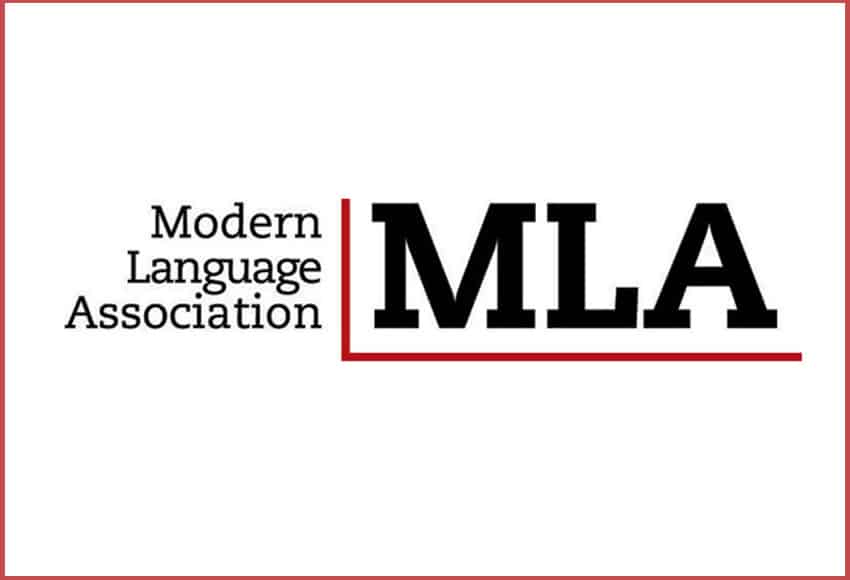Authors
Abstract
Dionysus needs Apollo to appear in human life, to be understood. The Drunk Song from "Thus Spoke Zarathustra" in the current state is bearable because of their appearance, once transformed into tragic Sober Song, will become a truly unbearable. This song is revealed as a happy lie and a truthful deceit because is pretends. Set up the way to see the sober reflection on Dionysus's face. There will be two conclusions of this article, the music switches eternally over the ideas and the thought of Heraclitus "The Dark of Ephesus" is true, from the child who plays is the kingdom. Before sing, the song must be transformed; the music starts to listen, the first mask falls down after that, the tragedy to stage. The transition from the bearable to unbearable, can only be call the "Fifth Gospel".
References
CLANCIER, A. (1979). Psicoanálisis, Literatura, Crítica. Madrid: [s.n.]
FREUD, S. (1967). El yo y el ello. Madrid: Ed. Amorrortu. Ed. Biblioteca Nueva.
________. (1974). El múltiple interés del Psicoanálisis. Madrid: Ed. Biblioteca Nueva.
________. (1979). Introducción al narcisismo. Madrid: Ed. Amorrortu.
________. (1979). Lo inconsciente. Madrid: Ed. Amorrortu.
________. (1979). La represión. Madrid: Ed. Amorrortu.
________. (1995). Psicoanálisis del arte. Madrid: Alianza.
HURTADO, J. (1998). Metodología de la Investigación Holística. Caracas: Panapo.
JUNG, C. (1966). Los complejos y lo inconsciente. Madrid: Alianza.
________. (1990). Las relaciones entre el Yo y el Inconsciente. Barcelona: Editorial Paidós.
________. (1998). Arquetipos e inconsciente colectivo. Buenos Aires: Paidós.
MAURON, Ch. (1998). Psicocrítica del Género Cómico. Madrid: Arco libros.
NIETZSCHE, F. (1994). Así Hablaba Zaratustra. Bogota: Primera edición de Panamericana Editorial Ltda.
________. (2000). “Ecce Homo”. En: Obras inmortales. Tomo IV. España: Edicomunicaciones S.A.
________. (2000). “El viajero y su sombra”. En: Obras inmortales. Tomo I. España: Edicomunicaciones S.A.
________. (2000). “La Gaya Ciencia”. En: Obras inmortales. Tomo I. España: Edicomunicaciones S.A.
________. (2000). “El Anticristo”. En: Obras inmortales. Tomo I, España: Edicomunicaciones S.A.
________. (2000). “Más Allá del Bien y del Mal”. En: Obras inmortales. Tomo II. España: Edicomunicaciones S.A.
________. (2000). “Aurora”. En: Obras inmortales. Tomo III. España: Edicomunicaciones S.A.
________. (2000). “El Origen de la Tragedia”. En: Obras inmortales. Tomo III. España: Edicomunicaciones S.A.
________. (2000). “El Crepúsculo de los ídolos”. En: Obras inmortales. Tomo III. España: Edicomunicaciones S.A.
________. (2000). “Humano demasiado Humano I”. En: Obras inmortales. Tomo IV. España: Edicomunicaciones S.A.
________. (2000). “Humano demasiado Humano II”. En: Obras inmortales. Tomo IV. España: Edicomunicaciones S.A.
SLOTERDIJK, P. (2005). Sobre la mejora de la Buena Nueva. El quinto “Evangelio” según Nietzsche. Discurso pronunciado el 25 de Agosto de 2000 en Weimar en conmemoración del centenario de la muerte de Friedrich Nietzsche. Germán Cano (Trad). Madrid: Ediciones Siruela, S.A.
________. (2000). El pensador en escena, el materialismo de Nietzsche. Germán Cano (Trad). Madrid: Ediciones Pre-Textos.

 PDF (Español)
PDF (Español)
 FLIP
FLIP
























